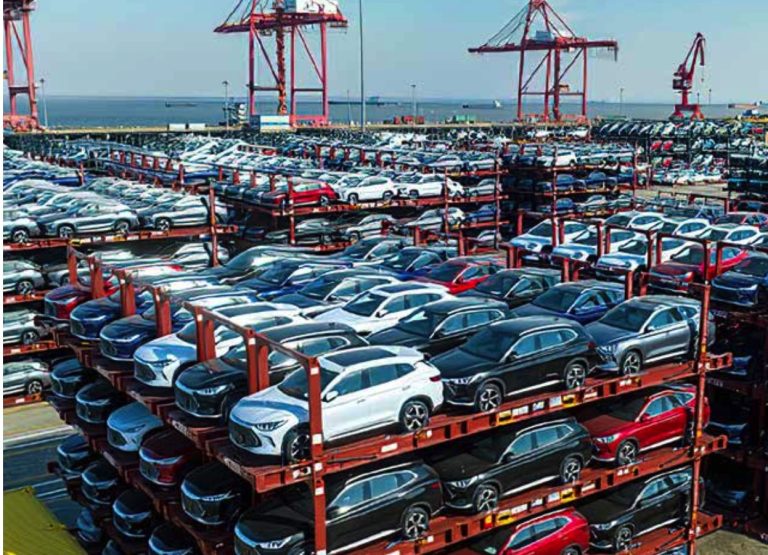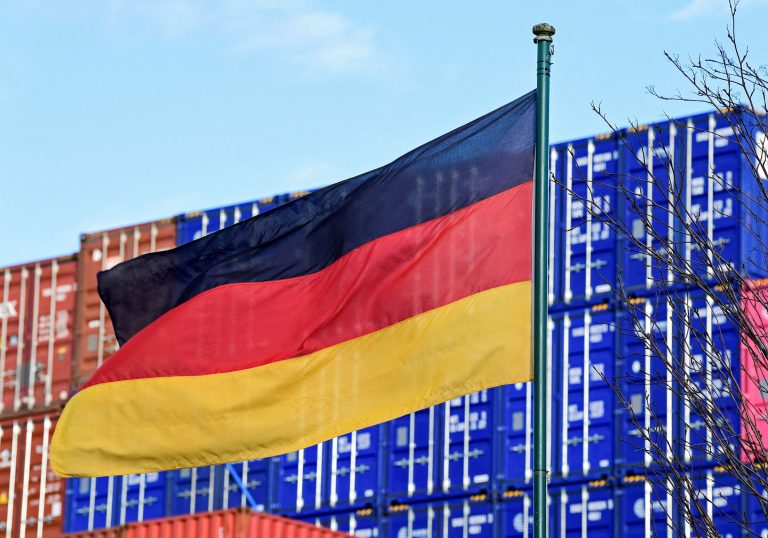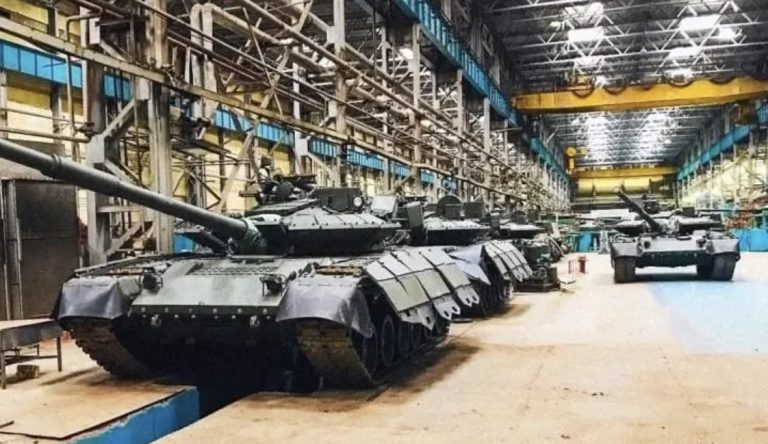The Chinese economy has been floundering over the last few years, especially since the onset of the novel coronavirus pandemic and the three years of strict “zero-COVID” lockdowns imposed by the Chinese Communist Party (CCP). Both profits and wages are in decline, fueling persistent deflation.
At the same time, Chinese companies, as part of a state-directed effort, have funneled vast investments into greater production, particularly in industries such as solar panels, electric vehicles, and steel.
With the mainland Chinese economy in overall decline, all this excess manufacturing is driven overseas — a phenomenon known as product dumping. The situation has drawn international condemnation, especially from the European Union and the United States.
Washington and Brussels say that Communist China’s policies are unfair competition, a concern roundly dismissed by the CCP authorities. Data, however, shows that contrary to the Party’s claims, Chinese overcapacity is a real issue affecting global markets, and is only set to get worse.
Prices and profits
A big indicator that Chinese manufacturing is vastly beyond capacity is that production continues to increase despite continuously falling corporate profits and prices, including those of goods for export.
Success
You are now signed up for our newsletter
Success
Check your email to complete sign up
This trend is especially intense in sectors that the CCP has identified as critical for its “new-quality productive forces,” such as electric vehicles (EVs). The Chinese EV industry, which benefits from generous government subsidies, experienced nearly 25-percent growth in investments year-on-year in early 2023.
Similar trends exist in the solar panel, semiconductor, and battery industries.
Profits, meanwhile, have not kept up. In the late 2010s, the profit margin for China’s entire manufacturing sector was 6 percent, but fell to just 4 percent by 2024.
Overseas, the prices of Chinese products have dropped precipitously, especially for Chinese steel and solar panels.
In 2023, China built more than 450 gigawatts’ worth of solar panels. Less than 220 gigawatts of this was installed in China, not even half of total production. According to Capital Economics, China is expected to produce 750 gigawatts of panels in 2024.
“If installations stay at the same level, that would mean China producing around 500 gigawatts of ‘excess’ solar cells in 2024,” notes Nathaniel Taplin, author of a Wall Street Journal piece exploring Chinese industrial overcapacity that was published June 4.
Pushing outward
In mid-April, U.S. President Joe Biden said of China’s steel and aluminum industries that “for too long, the Chinese government has poured state money” into to maximize production at all costs. “They’re not competing. They’re cheating … and we’ve seen the damage here in America,” he said in a speech delivered at the United Steel Workers headquarters.
The next month, the Biden administration imposed tariffs on $18 billion worth of Chinese exports, chiefly EVs, batteries, and computer chips, as well as steel and aluminum products.
China is the biggest producer and user of steel. However, the Chinese real estate market has been faltering since the middle of the SARS-CoV-2 pandemic, cutting domestic demand for building materials.
Taplin, writing for the Wall Street Journal, notes that the Chinese authorities in fact prefer a “manufacturing-driven, rather than property- and consumption-driven, growth model.”
With the real estate market stagnating and contracting, free Chinese savings are increasingly going into manufacturing, a trend that is looking to only intensify in the coming years.
Steel and aluminum being dumped abroad are joined by burgeoning production of EV batteries. According to an estimate by Goldman Sachs in 2023, China is headed to produce 1,000 gigawatt-hours worth of electric car batteries by 2025. However, China itself only uses about 500 gigawatt-hours.
China’s auto industry — which beat Japan in 2023 to become the world’s biggest exporter — does seem to be slowing down, especially as Western governments call attention to the issue. However, the overall trend shows that the CCP remains confident in its broader strategy to fight unrelenting price wars in international markets.






